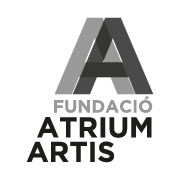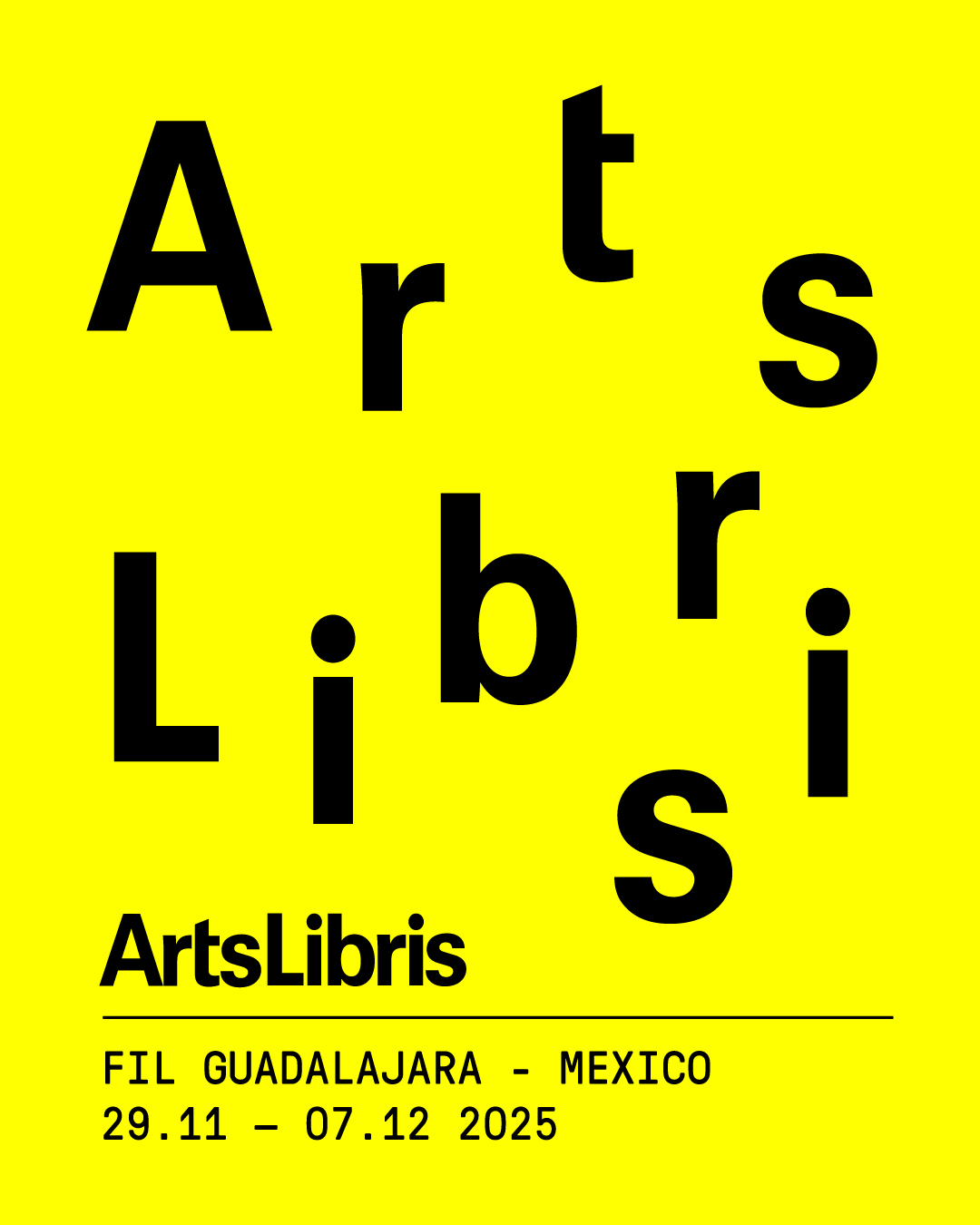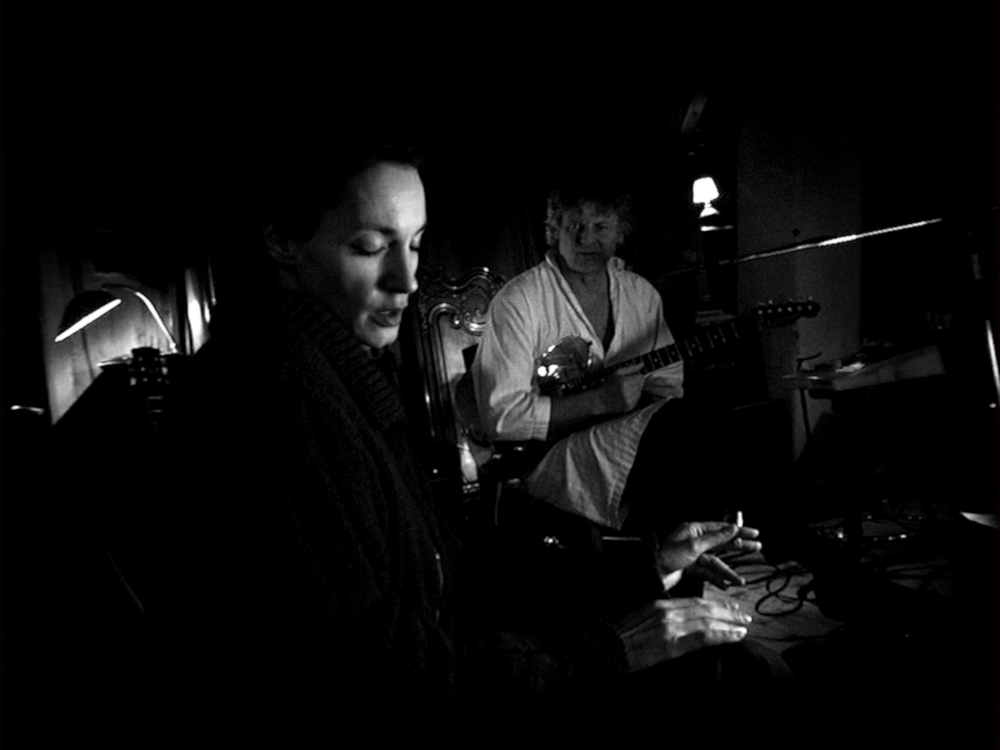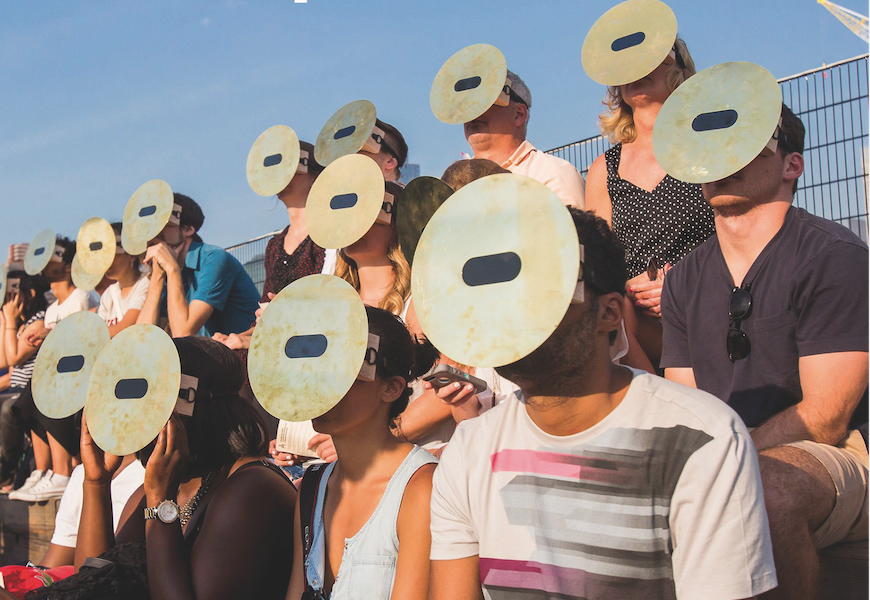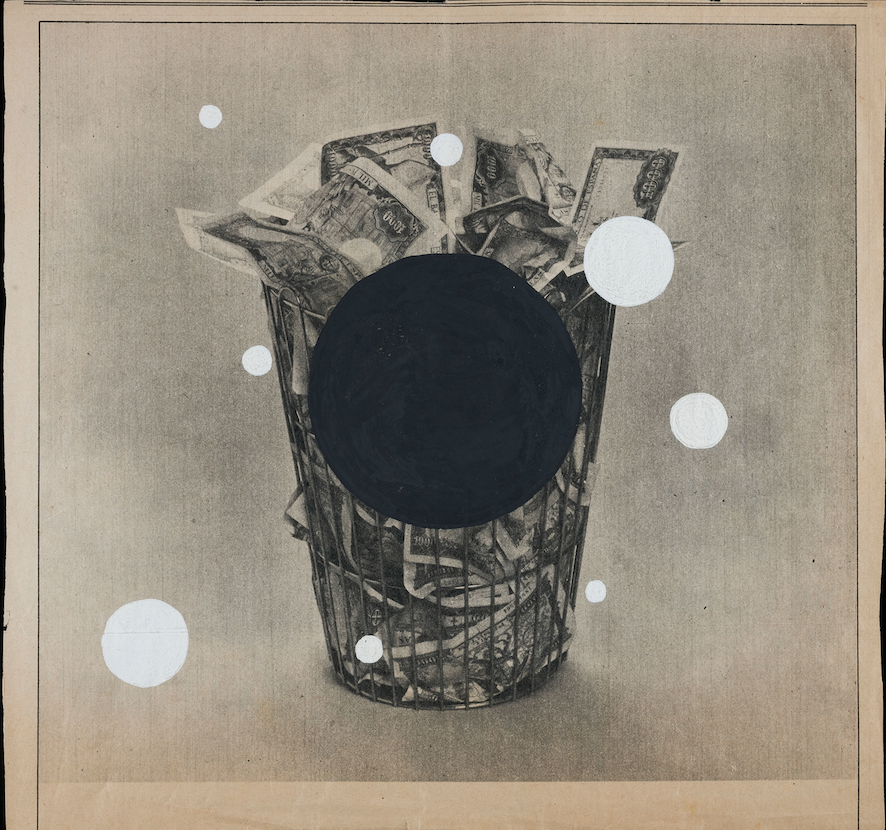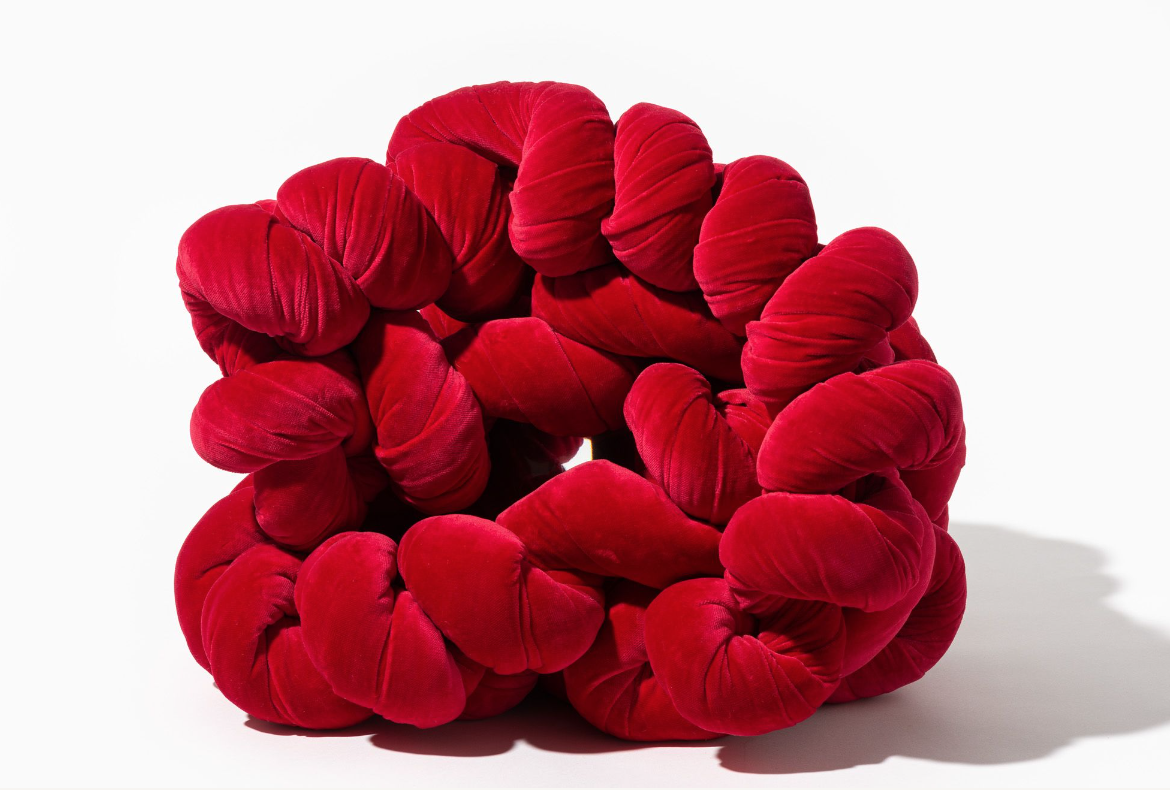News
Figueres anticipates that Dalí's birthplace can be visited from the summer of 2023
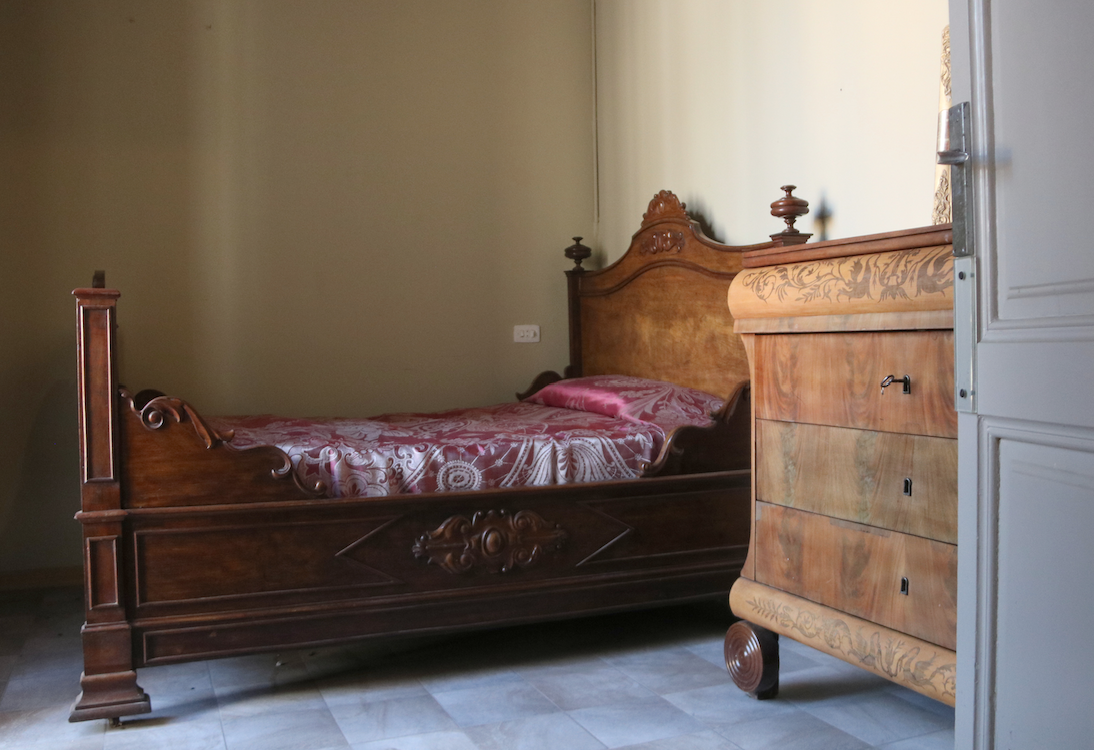
Figueres anticipates that Salvador Dalí's birthplace will be open to visitors from next summer. The mayor, Agnès Lladó, says that the works of the second phase are going at a good pace and that they will be finished between the end of April and the beginning of May and that, as the tourist season approaches, it can already be incorporated into the city's cultural facilities to "full performance". In fact, the forecast is that the 2023 budget will include the items necessary to provide it with all the services. "It will be the icing on the cake and the addition to the museum, where we find his great work. Here we will discover a little more about the character, his relationship with Figueres and the region," details Lladó.
The renovation works on the birthplace of the genius began in September 2019 and three years later they are approaching the final stretch. The first phase was finished at the beginning of the year and the second phase was awarded in April, which is progressing well and will be completed between April and May next year.
The first part of the work focused on recovering the structure of the modernist-style building that dates from 1898 and was designed by the architect Josep Azemar. He also left the mezzanine, the floor where the painter was born, practically finished, and the original floors of the time were rehabilitated, the walls regained their original colors and also the bathroom and kitchen.
The intervention also revealed a drawing of a reclining female figure and an engraving with borders in the room where Dalí was born. As explained by the Councilor for Culture, Alfons Martínez, it is necessary to study the authorship, but they correspond to the time.
Shortly after, the works for the second phase were awarded, the one that must dress the building in accordance with the museographic project, a transversal and innovative proposal with the "voices of Dalí" as a guiding thread.
The City Council has also awarded the website through which the visits will be managed and anticipates that the building will be open to visits from next summer. The mayoress has explained that this will be considered in the 2023 budget and that the intention is to fully incorporate this equipment into the city's network of cultural spaces.
A long "shared" project
Lladó celebrates that after so many years, the project has been able to get off the ground once and for all. "I want to recognize the work not only of the different mayors but also of the technical services and all the institutions that believed that this could be possible," says the mayoress.
And the fact is that the progressive acquisition of the different properties and commercial spaces that made up the entire building began in 1995, with Marià Lorca as mayor, with the purchase of the Tamaris store - which had been the father's notary - and part of the mezzanine.
The process lasted until 2001, already with Joan Armangué, with the acquisition of the missing parts of the ground floor and the mezzanine, the entire first and second floors. Between 2005 and 2006, the facade was rehabilitated as a preliminary step to condition the building for future uses. During these almost 30 years, successive councils have been taking steps to incorporate the equipment into the city and turn it into a visitable space.
The flat of adolescence
Dalí was born in the mezzanine of this building in 1904 and lived there until the age of eight. The family then moved to another property on the same Monturiol street where the genius spent his youth.
The will of the government team is to also incorporate this estate, the one of his adolescence and where he painted some of his best-known works, into what Lladó calls the "Dalí package". The two pilot visits to the house where the painter spent his adolescence have been put up in full and the City Council is already considering including them in the city's tourist circuit.


